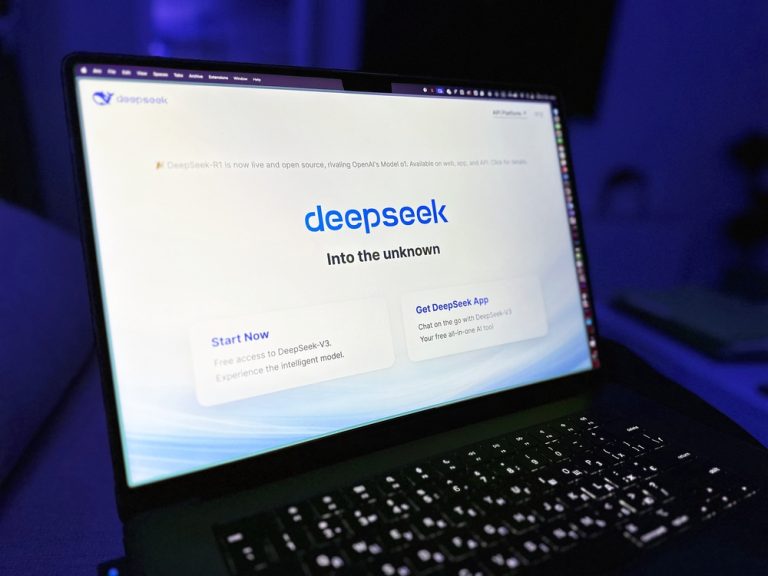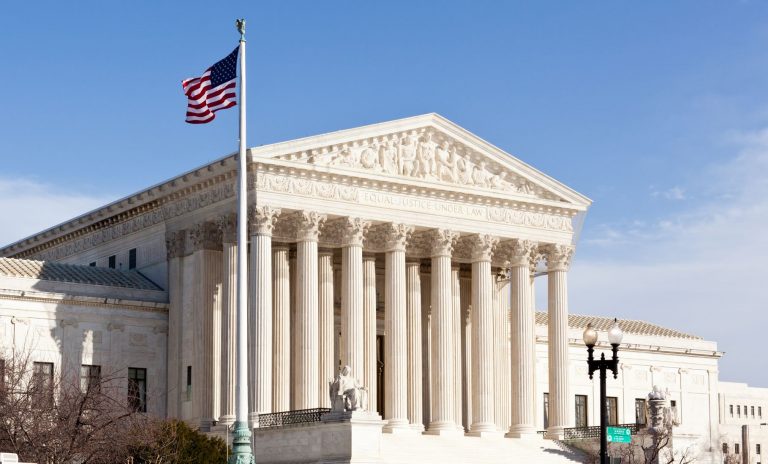COVID-19: The Paycheck Protection Program Q & A
COVID-19: The Paycheck Protection Program Q & A
The Coronavirus Aid, Relief, and Economic Security Act, also known as the CARES Act, was signed into law on Friday March 27, 2020. The CARES Act provides a $2 trillion stimulus package aimed at the economic fallout from the coronavirus, including $350 billion in forgivable loans for small businesses under the Paycheck Protection Program. These loans, which may be forgiven, are targeted at keeping businesses afloat and their workers employed during the coronavirus crisis, and are to be used for payroll, mortgage, rent, and utilities payments. The Paycheck Protection Program makes loans available to businesses that otherwise qualify for loans under the Small Business Act (“SBA”), and also expands eligibility by relaxing business size and affiliation requirements.
Businesses will need to consider interrelated regulations under the SBA, as well as the Paycheck Protection Program to evaluate eligibility for loans under the Act. In addition, businesses will need to evaluate the interplay between relief obtained pursuant to the Paycheck Protection Program and relief funds received through other SBA relief programs, such as Economic Injury Disaster Loans (EIDL). Key provisions of the Paycheck Protection Program, including eligibility and loan forgiveness conditions, are discussed below.
What is the Paycheck Protection Program?
The Paycheck Protection Program makes available low interest loans during the period beginning on February 15, 2020 and ending on June 30, 2020 (the “covered period”) for eligible small businesses, nonprofit organizations, veterans organizations, or Tribal business concerns, as well as sole proprietors, independent contractors and eligible self-employed, to provide financial assistance to those impacted by the COVID-19 pandemic. Loan funds used to pay payroll, interest on any mortgage, rent, utilities or other interest during the 8 week period following loan origination may be forgiven subject to certain conditions.
Who is eligible to receive a loan under the Paycheck Protection Program?
If your business qualifies as a small business concern under the Small Business Act, then you also qualify for a covered loan. The CARES Act also expands eligibility for a loan for any business concern if, during the covered period (i.e., beginning on February 15, 2020 and ending on June 30, 2020), the business concern employs not more than the greater of:
- 500 employees, or
- if applicable, the size standard in number of employees established by the Administration for the industry in which the business concern, nonprofit organization, veterans organization, or Tribal business concern operates.
What is a Small Business Concern eligible for assistance under the SBA?
Except for small agricultural cooperatives, a business concern eligible for assistance from SBA as a small business is a business entity organized for profit, with a place of business located in the United States, and which operates primarily within the United States or which makes a significant contribution to the U.S. economy through payment of taxes or use of American products, materials or labor. A small business concern is a business that does not exceed the size standards established by the SBA. Essentially, a size standard is the largest your business can be and still qualify as a small business for federal government programs. Size standards are not one-size-fits-all, and will depend upon your industry and number of employees. For the most part, size standards are the average annual receipts or the average number of employees for your industry as described in the North American Industry Classification System (NAICS). Size standards for number of employees ranges as low as 250 to as high as 1,500. Maximum annual receipts range from $750,000 to $38.5 million. The size standards table can be found at: https://www.sba.gov/sites/default/files/files/Size_Standards_Table.pdf.
How do I calculate the number of employees?
You must calculate all individuals employed on a full-time, part-time or other basis (i.e., contractors). This includes employees obtained from a temporary employee agency, professional employee organization or leasing concern. Part-time and temporary employees are counted the same as full-time employees. Business concerns with more than 1 physical location must include the average number of employees for each location. However, the CARES Act creates an exception to the physical locations rules for businesses classified as Accommodation or Food Services and that do not employ more than 500 employees per physical location during the covered period.
Are the Employees of an Affiliate Included in the Employee Count?
Yes, employees of all domestic and foreign affiliates are included. This also applies to non-profit and veterans organizations. However, under the CARES Act, the affiliation rules are waived for businesses with no more than 500 employees that, as of the date the loan is disbursed, are classified as Accommodation or Food Services, that operate as a franchise assigned a franchise identifier by the SBA, or that received financial assistance from a company licensed under Section 301 of the Small Business Investment Act of 1958.
How can covered loans be used?
Loans obtained under the Paycheck Protection Program (“covered loans”) may be used for:
- Payroll costs, including benefits;
- Payments of interest on any mortgage obligation incurred before February 15, 2020;
- Rent, under lease agreement entered into before February 15, 2020;
- Utilities, for which service began before February 15, 2020; and
- Interest on any other debt obligations incurred before February 15, 2020.
Covered loans may also be used to refinance any Economic Injury Disaster Loan (“EIDL”) obtained from January 1, 2020 through to the date a covered loan is made available.
What are payroll costs under the Paycheck Protection Program?
Payroll costs are the sum of payments of employee compensation that is a (1) salary, wage, commission, or similar compensation; (2) payment of cash tip or equivalent; (3) payment for vacation, parental, family, medical, or sick leave; (4) allowance for dismissal or separation; (5) payment required for the provisions of group healthcare benefits, including insurance premiums; (6) payment of any retirement benefit; or (7) payment of state or local tax assessed on employee compensation. In addition, payroll costs include payments of any compensation to or income of a sole proprietor or independent contractor that is a wage, commission, income, net earnings from self-employment, or similar compensation up to $100,000 per year.
Payroll costs are capped at $100,000 on an annualized basis for each employee, and do not include taxes imposed or withheld for social security, Medicare and income taxes during the covered period, any compensation of an employee whose principal place of residence is outside of the United States, qualified sick leave wages for which a credit is allowed under Section 7001 of the Families First Coronavirus Response Act, or qualified family leave wages for which a credit is allowed under Section 7003 of the Families First Coronavirus Response Act.
What are the requirements for borrower certification?
To qualify for a loan, a borrower must certify, in good faith:
- that the uncertainty of current economic conditions
makes necessary the loan request to support the borrower’s ongoing operations;
- that funds will be used to retain workers and maintain payroll or make mortgage payments, lease payments, and utility payments;
- that the borrower does not have an application pending for a loan for the same purpose and duplicative of amounts applied for or received under a covered loan; and
- during the period beginning on February 15, 2020, and ending on December 31, 2020, that the borrower has not received amounts for the same purpose and duplicative of amounts applied for or received under a covered loan.
What if I received or applied for an Economic Injury Disaster Loan (“EIDL”), am I still eligible for a Paycheck Protection Loan?
Yes. A recipient of a covered loan is not prohibited from obtaining an EIDL during the period beginning on January 31, 2020 and ending on the date a covered loan made available, so long as the EIDL is not used for the same purposes as a covered loan. Also, as noted above, a covered loan may be used to refinance an EIDL.
What is the maximum amount for a covered loan?
The maximum amount of a covered loan is the lesser of $10 million, or:
- For an applicant in business as of February 15, 2019,
the sum of:
- 2.5 times the applicant’s average monthly payroll costs* for the one year period prior to obtaining a covered loan**, plus:
- The outstanding balance of any EIDL being refinanced that was obtained during the time period January 31, 2020 to the date of a covered loan.
- For an applicant that was not in business during the
period beginning on February 15, 2019 and ending on June 30, 2019, the sum of:
- 2.5 times the applicant’s average monthly payroll costs* for the period January 1, 2020 through February 29, 2020, plus;
- The outstanding balance of any EIDL being refinanced that was obtained during the time period January 31, 2020 to the date of a covered loan.
*Payroll costs are capped at $100,000 annualized for each employee.
**For an applicant that is a seasonal employer, 2.5 times the total average monthly payments for payroll for the 12 week period beginning on February 15, 2019; or if otherwise elected, March 1, 2019 and ending on June 30, 2019.
Are there any requirements for collateral or personal guarantee?
No collateral or personal guarantees are required. However, the SBA will have recourse against any individual shareholder, member, or partner of an eligible recipient of a covered loan to the extent that such shareholder, member, or partner uses the covered loan proceeds for a purpose not permitted under the Act. Further, the federal government will pursue criminal charges against any recipient using loan proceeds for fraudulent purposes.
How do I apply for a covered loan?
It is important to call your current lender to see if they are a SBA qualified lender. Otherwise, applications can be made through any existing SBA lender or through any federally insured depository institution, federally insured credit union, and Farm Credit System institution that is participating. Other regulated lenders will be available to make these loans once they are approved and enrolled in the program. You may find a SBA approved lender on the SBA website: https://www.sba.gov/partners/lenders/microloan-program/list-lenders.
According to the SBA and Department of Treasury, lenders may begin processing loan applications as soon as April 3, 2020. There are some indications that lenders will prioritize and process applications of existing customers first, and new loan customers second. So, it is important that you contact your lender now, and gather all pertinent documentation needed for the application.
When will a covered loan mature?
According to the Act, covered loans have a maximum maturity of 10 years from the date on which the borrower applies for loan forgiveness. However, according the SBA and Department of Treasury, a covered loan will mature in 2 years.
What is the interest rate for covered loans?
According to the Act, the interest rate is not to exceed 4%. However, the SBA and Department of Treasury are reporting that the interest rate will be .5%.
Can I defer loan repayments?
Yes, loan repayments on covered loans, including principle, interest, and fees may be deferred for 6 months or, if eligible, for up to 1 year. However, interest will continue to accrue during any period of deferment.
Will there be a penalty for prepayment?
No. There is no penalty for any pre-payment made on a covered loan.
Will any portion of a covered loan be eligible for loan forgiveness?
Yes. A recipient of a covered loan will be eligible for loan forgiveness in an amount equal to the sum paid by the borrower during the 8 week period following origination of a covered loan (“covered period”) for:
- Payroll costs;
- Any payment of interest on a covered mortgage obligation (not including any prepayment or payment of principal);
- Any payment on any covered rent obligation; and
- Any covered utilities payment.
Note, the SBA and Department of Treasury are reporting that at least 75% of the forgiven amount must have been used for payroll costs due to an anticipated high subscription.
Also, the maximum amount of forgiveness will be reduced if, during the covered period, there is a reduction in the number of full time employees and/or if there is a reduction in an employee’s wages or salary by more than 25% based upon the amount of salary or wages during the most recent full quarter preceding the covered period.
However, these reductions will not apply if, by June 30, 2020, the applicant restores the number of full time employees and salary levels for any changes made February 15, 2020 and April 26, 2020.
How does my business apply for loan forgiveness?
Borrowers will need to apply directly with their lender for loan forgiveness. They will be required to submit documentation verifying the number of employees on payroll and pay rates for the relevant period, as well as documentation of amounts paid for other covered costs. Borrowers also will be required to certify that the amount of loan forgiveness requested was used to retain employees, or for covered mortgage, rent or utility payments.










